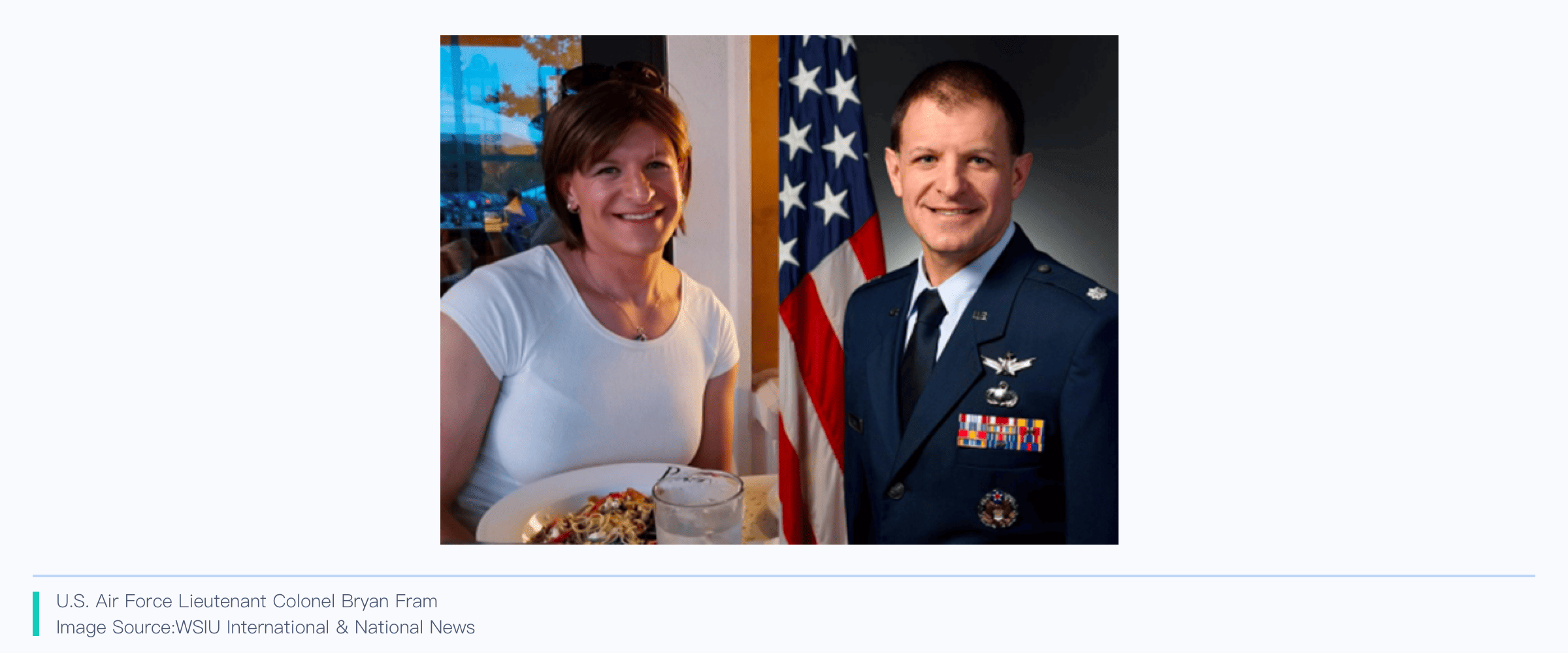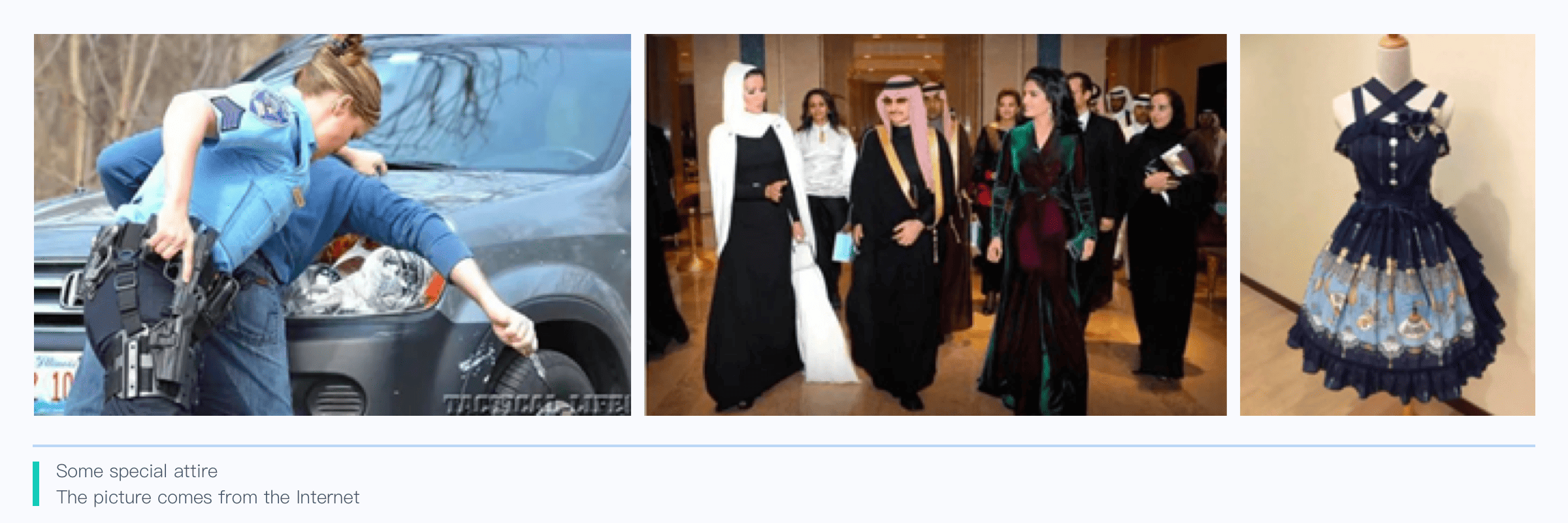< BACK TO ALL BLOGS
How to identify images during the content review process?
Aug 2, 2023
In the process of content review and recommendation, the identification of target objects
is a key link, which can be roughly divided into four categories:portrait recognition, object
recognition, image/logo recognition and scene recognition.
Portraits are the most intuitive visual subject when discussing visual recognition. Therefore,
the ability to recognize portraits in pictures is the basis for solving compliance issues and realizing
more advanced functions. Portraits include various factors such as posture, skin color, and attire,
requiring enterprises to have a more comprehensive recognition capability.
Gender moderation: When performing gender identification on portraits, in addition to males and
females, attention should also be paid to some minority groups that exist. In order to avoid the bias
caused by the direct recognition of external male/female characteristics, causing unnecessary
reputational risks.

Body posture recogni: recognize portrait posture and body shape, such as bust/full body,
standing/sitting/prone, tall, short, fat, thin, etc. Because poses imply basic tendency information,
for example: busts are more likely to be selfies, prone poses are more likely to contain pornographic
risks, and so on. Therefore, the ability of gesture recognition can be used as one of the reference
factors for comprehensively determining the risk of pictures. The height, shortness, fatness and
thinness of the body shape can not only assist the accuracy of other recognition, but also serve as
a reference factor for intelligent recommendation.
Glothing moderation:The recognition of portrait clothing is a necessary recognition ability
for risk judgment and advanced functions. In terms of compliance, the area covered by clothing can
be used as a judgment factor for pornographic risk; whether the clothing is police uniform, military
uniform, royal noble clothing or militant clothing can be used as a reference factor for violations.
When it has the ability to identify clothing styles, such as lolita clothing, gentleman suits, etc.
it can provide advanced functions of interest recommendation.

Skin color moderatio:In the context of globalization, it is necessary to consider
the generalization changes brought about by differences in skin color, especially some extreme scenarios
that did not consider the effect of the model in the past, such as the high proportion of Asians in
Latin America and the change in skin color caused by the history of intermarriage. Therefore, skin
color recognition is not to be able to determine the specific skin color, but to ensure the model's
good adaptability to portrait recognition.
2. Item Moderation
Items are an important visual element contained in the picture. The "items" here actually
include inanimate items and living animals and plants. The ability to identify items is directly
related to the effect of risk judgment and intelligent recommendation. Here we can divide "items" into
three categories: sensitive items, ordinary items, and animals and plants.
Sensitive items:The identification of sensitive items is directly related to risk judgment,
nd certain objects appearing in the screen directly indicate risks, such as guns and ammunition,
drugs and related plants, gambling tables and slot machines, etc. But at the same time,
regional differences should also be considered in policy settings.
Fox example: Due to the relatively common European colonial history and extensive religious
beliefs in Latin America, special attention should be paid to religious items such as crosses
and Bibles.
Ordinary Items:The ordinary items defined here are all kinds of common items, and the
recognition of ordinary items serves more for the intelligent recommendation function. For example, if
multiple smart phones, tablets, smart watches, and computer devices appear in a user's dynamic
picture, then he is likely to be a digital enthusiast, or engaged in the production, research and
sales of related products.

Animals and plants: The identification of animals and plants is also related to
the requirements of content compliance and intelligent recommendation. In terms of content
compliance, some animals and plants need to be identified because of their preciousness,
such as tigers and other protected animals. There are also some animals and plants that
need to be identified because of regional cultural taboos, such as toad patterns and
animal totems in Latin America, which require targeted training of corresponding animal
recognition models. In comparison, the requirements for intelligent recommendation are easier
to understand. For example, if trees frequently appear in dynamic pictures, then he may like
to hike outdoors, or work as a forest ranger. As for the cats and dogs appearing in the pictures,
they can also be used as a basis for guessing pet preferences.
3. Symbol/Logo Moderation
Among the components of a picture, symbols and logos are often
fixed graphics that occupy a small image area, but have very obvious and strong symbolic
meanings. Symbols and logos include various national emblems, military logos, logos, station
logos, religious symbols, etc. Even maps, which have a complete shape and great significance,
can also be regarded as a kind of symbolic logo.
Here we can be divided into high-sensitivity signs and low-sensitivity signs.
High Sensitivity Logo:This kind of logo often has a very high sensitivity due
to its meaning, and a sensitive strategy of "rather mistake than miss" should be
adopted when identifying it. For example: Nazi-related logos, Buddhist "Swastika"
logos, cross logos, maps, etc.
Low Sensitivity Logo:This type of logo mainly includes some other common logos, such
as business logos, QR codes, TV station logos, watermarks, association logos, etc.
The identification of such logos is mainly to meet the individual needs of the platform.
For example, if you want to judge whether a video posted by a user involves a competing
platform or whether it is suspected of copyright infringement, you need to identify whether
there are key logos such as logos, watermarks, and logos in the screen.
4. Scene Moderation
In a general screen, the remaining part after excluding characters, objects, and
logos can be regarded as a scene. In the design of some technical routes, the idea
of target detection and judging the risk of the subject is adopted, but the background
of the screen actually contains quite a lot of reference information, which can also be
used as a reference factor for the visual recognition results.

For example, scenes such as outdoors, street scenes, bedrooms, and bathrooms
already contain the tendency of the subject's behavior, such as the combination
of "street view" (scene) + "full body portrait" (body posture) + "trend" (dress) + "trend brand" (logo)
It shows that the picture is likely to be about the content of fashion street photography, and the
combination of the subject's behavior and background information can often form a more accurate
comprehensive judgment result.




